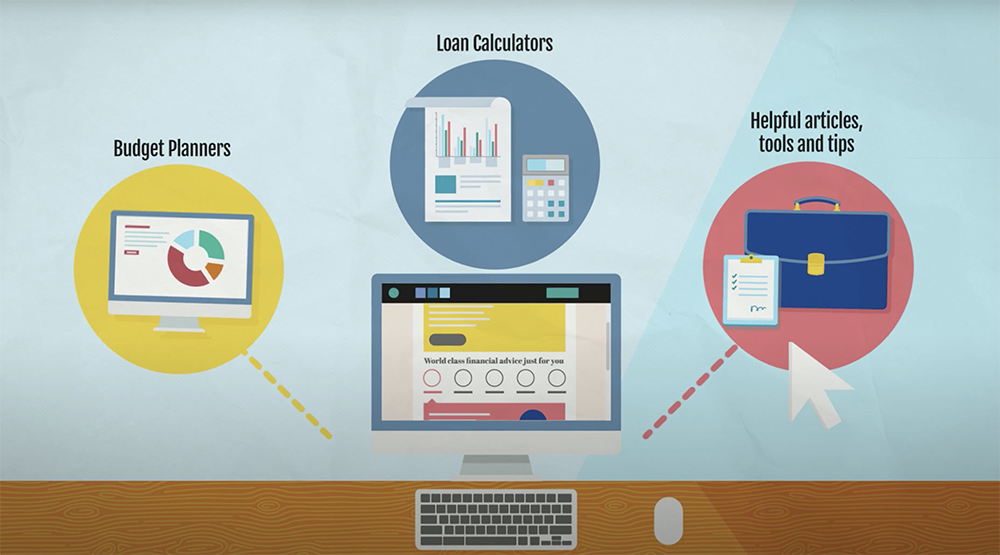
How to make money in today’s crazy investment markets
By Lachlan Colquhoun and Jacqueline Fox
There are a lot of ways to think about risk in investing and some of them might not be immediately obvious. For example, in early March the Australian All Ordinaries Index was at a record high and then it slumped by 37% over the month as investors rushed for the exits, spooked by the Covid-19 disruptions.
So was it riskier to invest in the market when it was at its high, or after it crashed?
The answer is that you would have been better buying in later, after the slump, when shares had been hammered and there was an upside. It was actually riskier to buy in at that top, than after the falls.
Since those gloomy days in March, the main ASX index has recovered more than 20% of its value, meaning that if you bought in after the crash you’d be sitting on some tidy profits.
Timing is so important in investing. If you had sold out the day before the market began its Covid crash, you’d be very happy.
But if you waited a week to see if there was a rebound, there would have been little point in selling and you would have been better advised to hang in.
Looking at the market right now, the consensus among analysts is that we’re in for a slow and steady recovery, even if there are volatile bumps along the way.
But that doesn’t mean that its just business as usual. In a market such as this, investors might need to work a bit harder and do a bit more research to find value.
How you can profit
Previously, it was much easier because investors could take a passive position and invest in a fund which was linked to a core index, or to an Exchange Traded Fund (ETF) and just watch their money grow.
The market is so uneven now that this passive index tracking strategy may not be the best approach.
It might be a better time for an active approach, which looks at particular sectors and stocks and makes a judgement that they are likely to outperform the rest of the market.
The major market indices are made up of the biggest stocks, but they might not be best placed in the current economic circumstances. For example, the major banks and Qantas are among the biggest stocks, but they may not be the best investments for the moment.
Thinking a bit laterally, there are stocks which have done very well during Covid-19.
Because we’ve all been having our hair cut at home, shares in the Shaver Shop have rallied spectacularly after the initial across the board slump.
On March 24, you could buy the shares for 23 cents. Now they are up at around 63 cents. That is a profit of more than 150% in little more than two months.
Sales of white goods and home entertainment systems are up, as are shares in JB Hi-Fi.
In the recent rally, however, shares which were punished because of Covid-19 – such as travel companies and airlines and even media – are coming back because they were sold down so low and are now considered cheap.
Dividend versus capital growth?
Finally, a word on the old dividend versus capital growth argument. Right now, investors who went in big on bank shares in the past because of their dividends are facing a significant loss of income.
A company like bio-tech giant CSL, in comparison, has paid low dividends because it has invested its profits back into the business.
So if you had CBA shares over the last few years, you would have enjoyed a nice dividend flow but modest capital gains. At CSL, give year capital growth on the shares is higher than 250%.
All of which means you need to ponder the idea of “total returns” – a combination of both dividends and capital gain – when you invest.



























